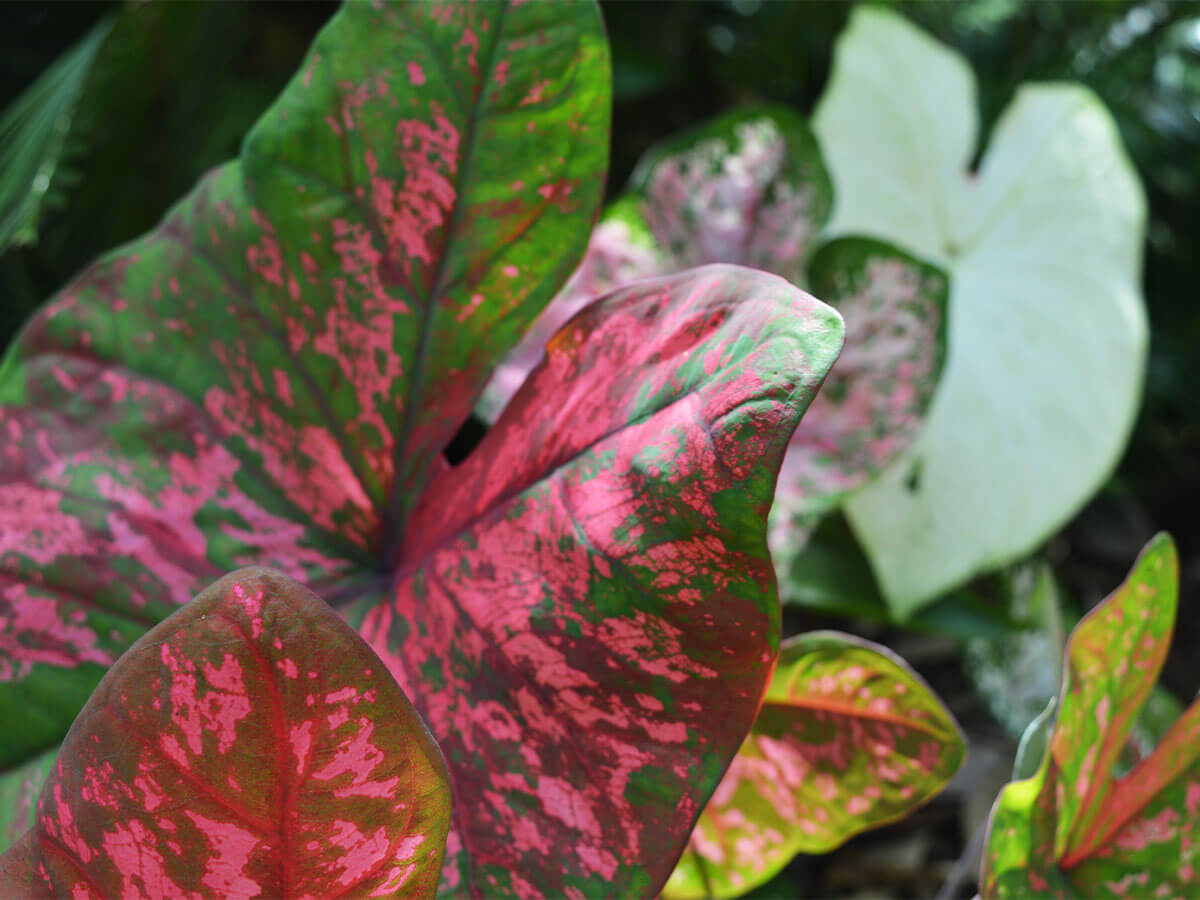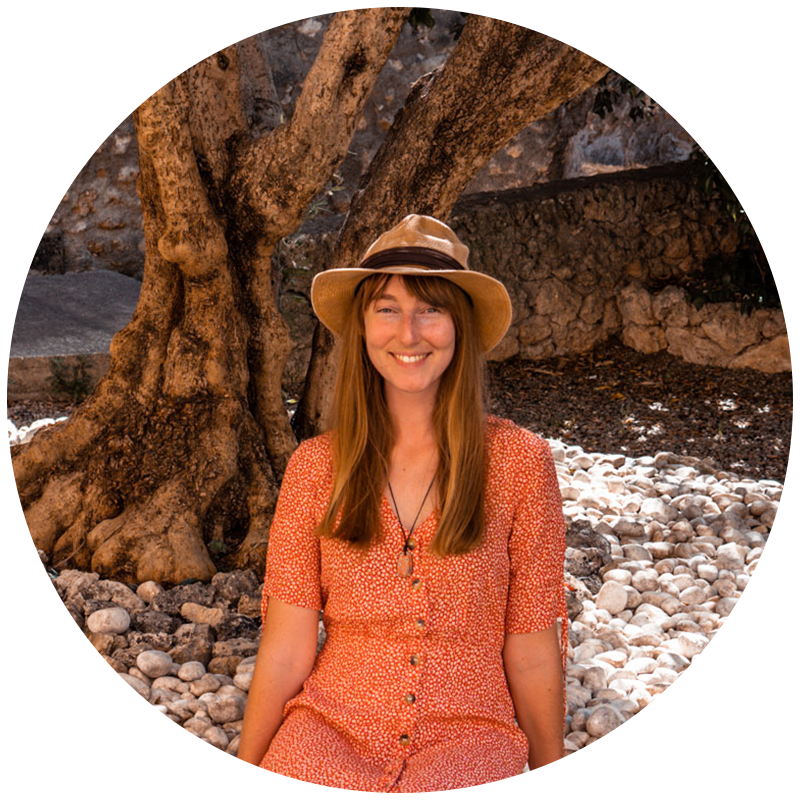9 Vibrant and Colorful Plants for a Shady Garden
March, 2023 |Not all shade loving plants are green! While ferns and fatsia are great for adding texture and lush leaves, sometimes you need something bold and colorful to brighten up a garden that has limited sunshine.
There are some extremely vibrant shade-tolerant plants and flowers out there that thrive in part shade and even full shade.
Best colorful plants for a shady garden
These brightly colored, shade-loving plants are perfect for injecting some color and vibrancy into shady spaces. From shady borders to north-facing hanging baskets!
1. Hostas
For dramatic, brightly colored foliage, a hosta is a must-have. There are some amazing varieties to choose from. Like ‘Color Festival’ with cream, yellow, and green variegated patterns. Or the silvery blue glow of ‘Halycon’ or ‘Empress Wu’.

2. Begonia
A hugely popular, shade-loving plant that produces dramatic blooms. There are lots of trailing varieties that look fantastic as trailing plants tumbling out of vertical or hanging planters.
There’s a HUGE variety of begonia varieties out there. Some have dramatically colored leaves, and others are favored for their showy flowers. From the unique pink spiral leaves of ‘Wild Fury’ to the bold frilly flowers of ‘Fragrant Falls’.

3. Siberian Bugloss (Brunnera)
Another luscious, leafy plant, Siberian bugloss is known for its shade tolerance and its delicate haze of flowers that emerge in the summer.
Many varieties also have striking, brightly variegated leaves, like ‘Jack Frost’ and ‘Silver Heart’. Their silvery colors are great for adding variety and luminance to a shady part of your garden.

4. Impatiens
Happiest in the shade, these brightly colored blooms are great for injecting some bright pinks and fiery reds into a shady space.
Plant them in containers with begonias to create a dramatic, colorful planter. Or place them in a garden border in front of ferns or fatsias. They also work really well as trailing plants for hanging baskets as their flowers and foliage cascade over the sides.

5. Foxgloves
A shady woodland classic, foxgloves will thrive in an area that only receives a little sunlight throughout the day. Their dramatic, spires of tubular flowers can be an incredibly eye-catching feature in a garden that received more dappled light than sunlight!
Foxgloves are also a great plant to add to narrow spaces in borders where you’d like some height but don’t have space for bushy shrubs. Adding slim plants with more height is a great way to save space in a small garden.

6. Astilbe
For show-stopping color in spring, the pink spires of astilbe are definitely a great way to bring color into a shady space.
Their tall fluffy flower spires have similarities with the ancient grain, amaranth.

7. Coral Bells (Heuchera)
Like many begonia varieties, coral bells are great for adding amazing splashes of colorful foliage to a shady garden. Their tender leaves will scorch in the summer sun, so they’re ideal for adding color to shady areas.
You can find coral bell varieties in almost every color. From the warm yellow of the ‘Caramel’ cultivar to the deep purple foliage and bold pink flowers of ‘Raspberry Ice’. Plants with purple foliage or pink leaves in particular are great for bringing interest and vibrancy to a small space.

8. Coleus
Another vibrant, leafy wonder. Coleus plants are famous for their colorful clusters of vibrant leaves. You can often find them in intense, almost neon pink, variegated varieties, like ‘Watermelon’ and ‘Spitfire’. Ideal if you like the idea of adding plants with pink foliage!
Their vibrant leaves can really help to brighten shady garden spaces. They’re also a popular addition in vertical planters and hanging baskets alongside trailing plants.

9. Caladiums
For an amazing tropical look, the large, vibrant leaves of caladiums can add some interesting colors to your garden. Originally native to tropical forest floors, they have evolved to thrive in shady, dappled light.
Just note that as tropical plants, caladiums are not suitable for areas where nighttime temperatures drop below 50F. You’ll also need to add ‘bring the caladium bulbs inside before the frost hits’ to your autumn to do list!






